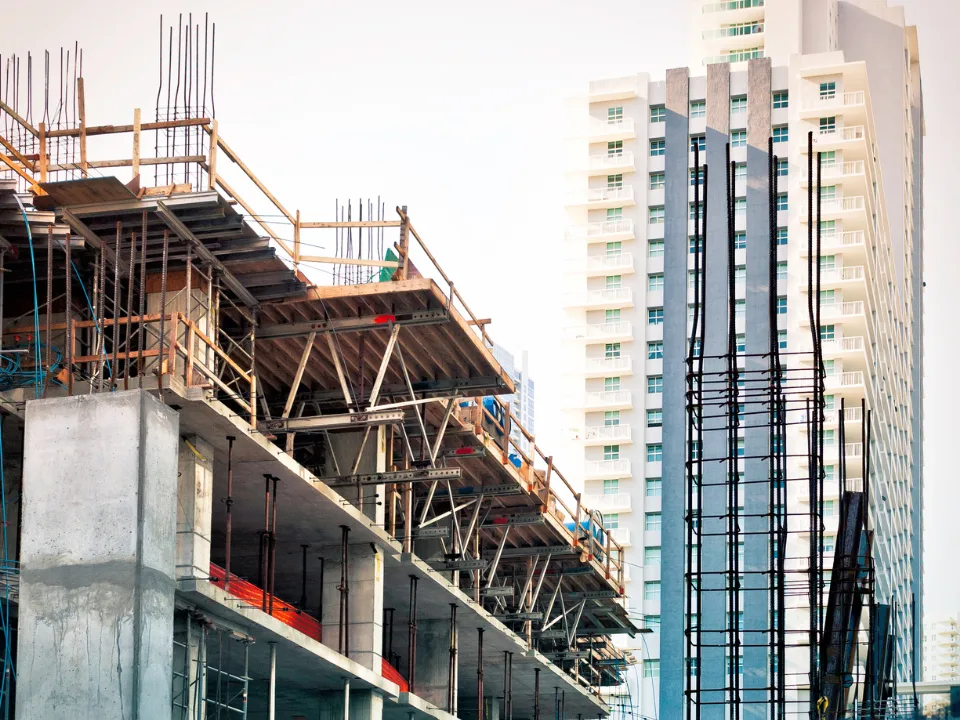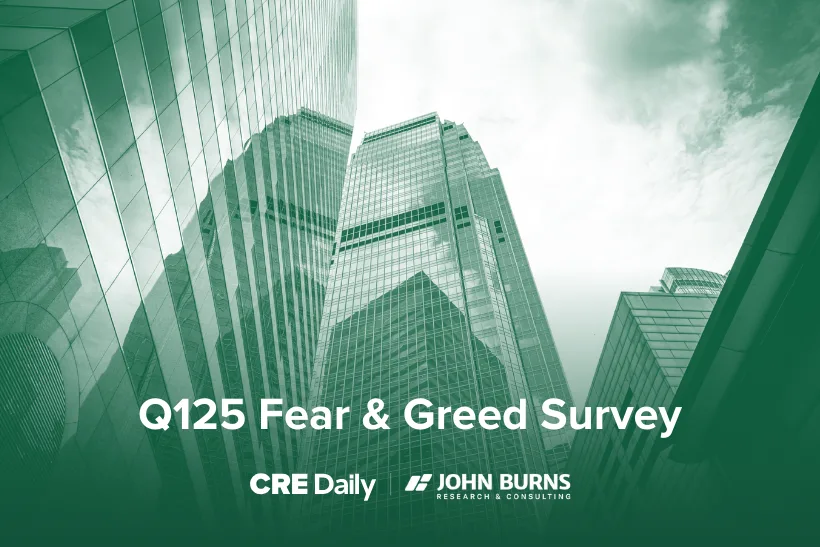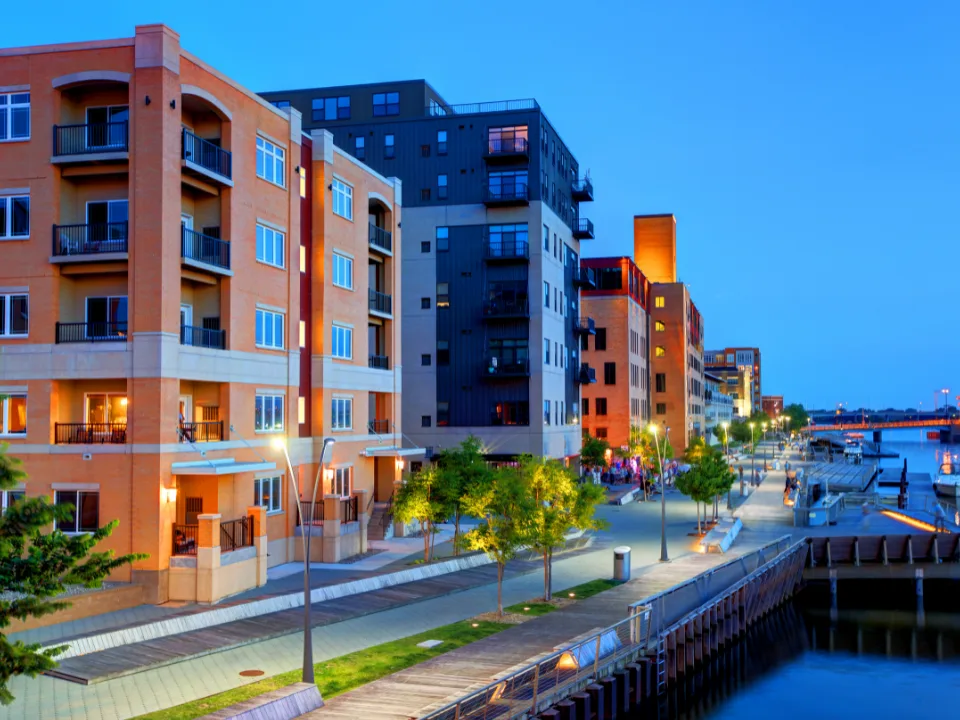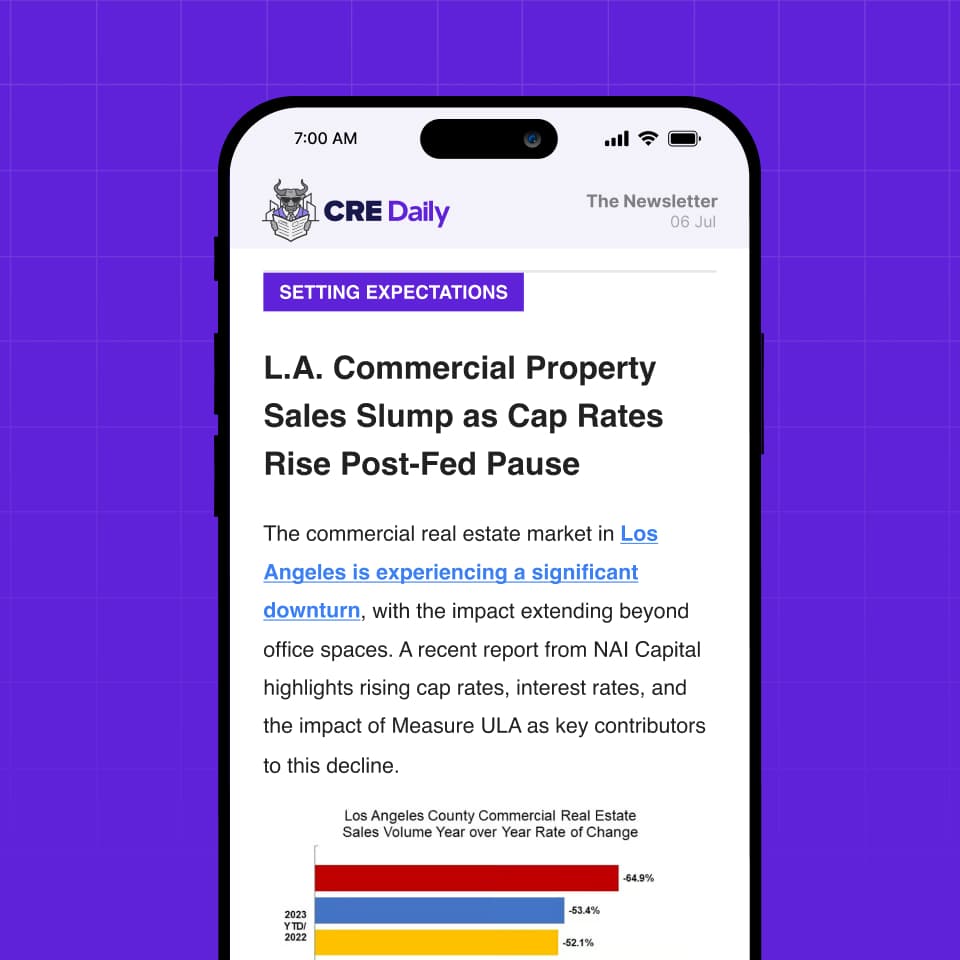- Declining commercial property values are prompting local governments to raise tax rates to preserve revenue.
- Higher tax rates reduce net operating income (NOI) for property owners and increase occupancy costs for tenants, directly reducing property values.
- Property taxes often lag behind market conditions, meaning recent value declines are only now triggering higher rates—and the trend is likely to continue.
A Tough Equation for CRE: Lower Values, Higher Tax Rates
As reported by Rebusiness Online, as commercial property values decline across the US, local governments are facing a fiscal crunch. To offset shrinking tax bases, many municipalities are opting to raise property tax rates—amplifying financial pressure on commercial real estate (CRE) owners.
These hikes are not arbitrary. Property tax rates are typically calculated by dividing the government’s budget requirement by the total assessed property values within the jurisdiction. When property values fall but fiscal needs remain unchanged—or rise due to inflation and public service demands—governments increase tax rates to fill the gap.
The Numbers Tell the Story
Recent data from Boston, Minneapolis, and Denver reflect the early stages of this trend. In 2025, property tax rates are expected to increase in all three cities:
- Boston: +2.73%
- Minneapolis: +12.13%
- Denver: +2.21%
These figures follow earlier declines or modest increases, suggesting a pivot toward rising rates as municipalities adjust to lagging assessments.
Delayed Impact, Long-Term Consequences
Property taxes typically trail market changes because assessments are based on historical market data. For example, taxes payable in 2025 may be based on 2023 valuations. This delay means the fallout from current market downturns is only now showing up in tax bills—and more increases are likely as newer assessments reflect ongoing value declines.
Get Smarter about what matters in CRE
Stay ahead of trends in commercial real estate with CRE Daily – the free newsletter delivering everything you need to start your day in just 5-minutes
Why It Hurts: NOI and Occupancy Costs
For gross-leased buildings, where landlords cover all expenses, higher taxes directly reduce NOI. Take a $10M building: if the effective tax rate rises from 2% to 2.15%, annual taxes increase by $15,000. That’s $15,000 less in annual income, which translates into a drop in property value based on income capitalization.
In net-leased properties, where tenants pay expenses, the tax hike increases total occupancy costs. For example, a tenant paying $25 PSF in base rent and $15 in expenses now faces $41 in total cost if taxes rise by $1 PSF. These increases can drive tenants to seek concessions—or relocate—ultimately weakening demand and pushing down rents.
What It Means for the Market
Rising property tax rates are compounding the stress on commercial real estate. Reduced NOI undermines asset valuations, making it harder for landlords to justify pricing or attract buyers. Rising occupancy costs increase the risk of turnover and vacancy, especially for tenants sensitive to cost fluctuations. Meanwhile, investors may grow more cautious, delaying transactions or lowering offers as uncertainty clouds future returns.
And for local governments, this becomes a vicious cycle: higher taxes reduce property values, which shrinks the tax base further—triggering yet another round of rate hikes.
Looking Ahead
With commercial property values continuing to decline and municipal budgets under strain, expect the trend of rising tax rates to continue. Owners, tenants, and investors alike should brace for higher costs and thinner margins in the months ahead.
Why It Matters
The intersection of declining property values and increasing tax rates is accelerating downward pressure on commercial real estate. What was once a cyclical correction now risks becoming a structural headwind for the sector.














